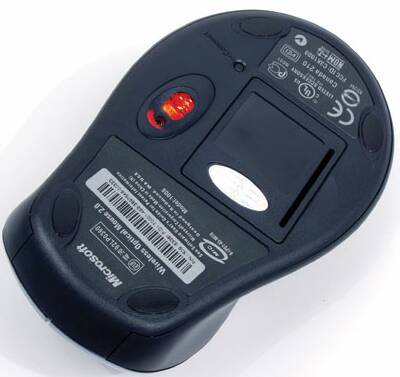Optical Mice: Microsoft and Logitech
Introduction
An optical mouse is built around a sensor that monitors the surface at varying degrees of speed, depending on the device. The precision of the mouse depends on the quality of the image electronically registered and the speed. The key factors to bear in mind are the sensor's size and quality, the speed at which it receives and sends images and resolution measured by the number of analyses per inch crossed. Performance is thus measured by three variables about which manufacturers many times don't want to reveal.
Size, for example, is very difficult to determine unless the manufacturer divulges what it is. This variable ranges from about 15x15 to 30x30 pixels. With this value, things are fairly easy: a bigger sensor with equal sensitivity will be better able to supply coordinates.
The rate at which the mouse captures images affects response and hence precision, but this value does not mean much by itself. The image-capture rate of the sensors tested here range from 2,500 to 6,000 images a second.
To note, it is both sensor reactivity and speed that count. Microsoft, for example, was able to get away with decreasing its mouse's reactivity time from 6,000 images a second to 2,500 without any noticeable difference in response or precision, compared to the mouse's predecessor.
Get Tom's Hardware's best news and in-depth reviews, straight to your inbox.

